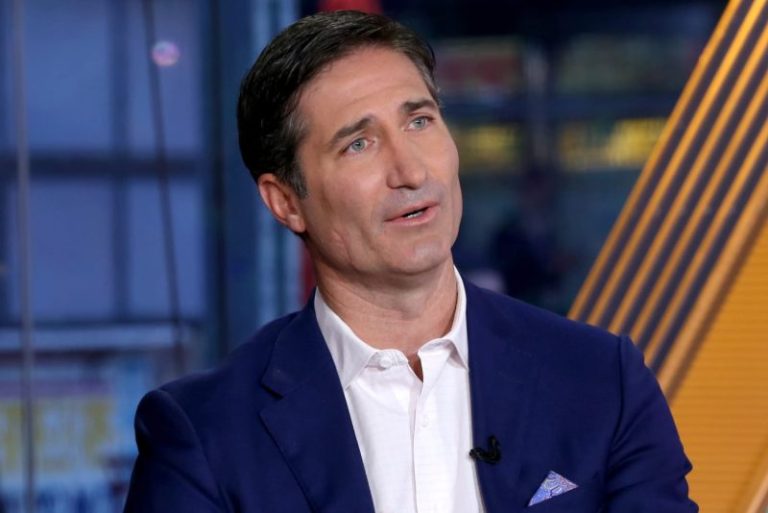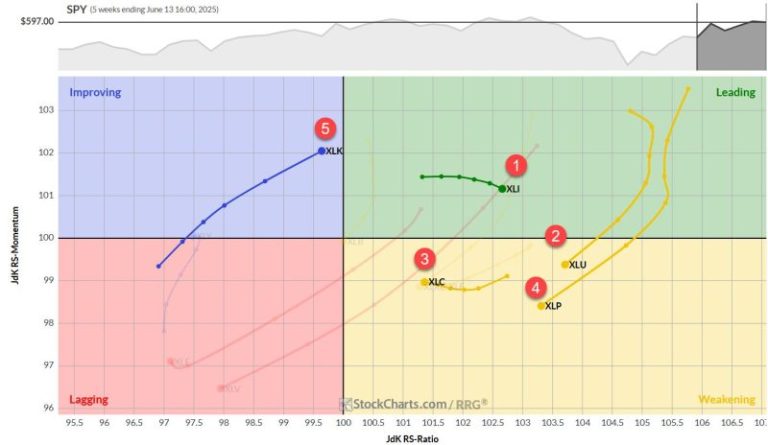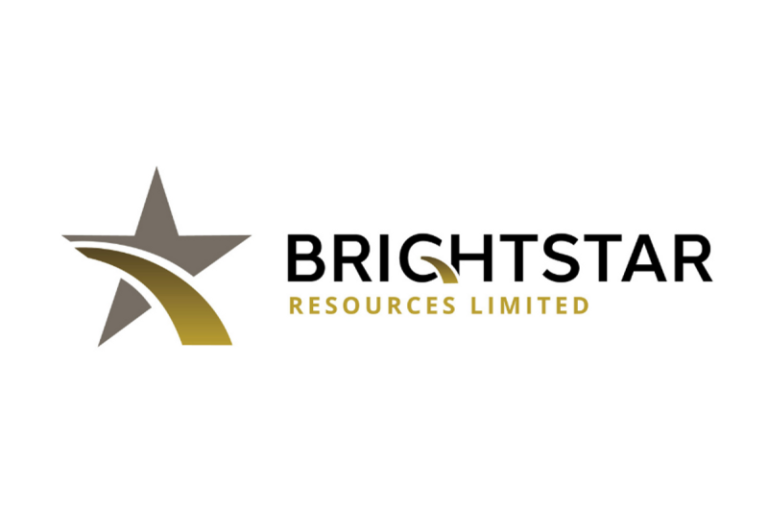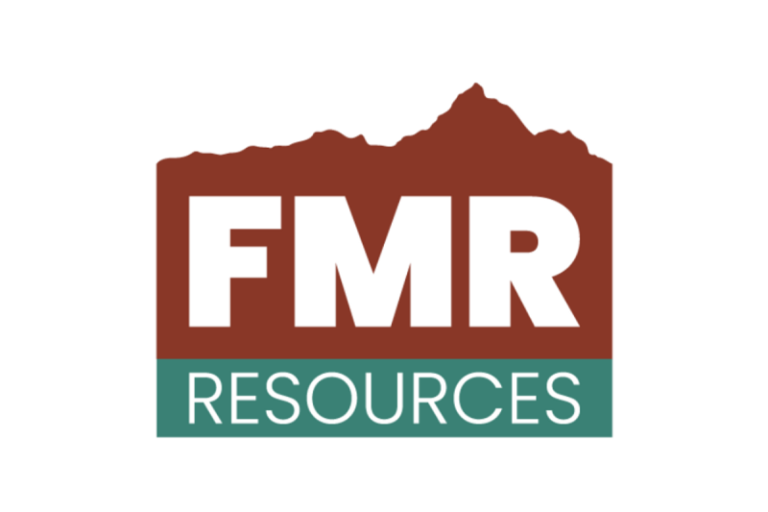As Starbucks aims to bring back customers and assuage investors with its turnaround strategy, it is also winning over its store managers with promises to add more seating inside cafes and promote internally.
Since CEO Brian Niccol’s first week at the company, he’s been pledging to bring the company “back to Starbucks” to lift sluggish sales. That goal was in full view at the company’s Leadership Experience, a three-day event in Las Vegas for more than 14,000 store leaders this week.
Starbucks unveiled a new coffee called the 1971 Roast, a callback to the year that its first location opened at Pike Place in Seattle. The finalists at Starbucks’ first-ever Global Barista Championships referred to “back to Starbucks” as they prepared drinks for judges. Even the Wi-Fi password was “backtostarbucks!”
To investors, Niccol has already presented a multi-part strategy that involves retooling the company’s marketing strategy, improving staffing in cafes, fixing the chain’s mobile app issues and making its locations cozier. The company also laid off roughly 1,100 corporate workers earlier this year, saying it aimed to operate more efficiently and reduce redundancies.
Starbucks shares have climbed nearly 20% since April and are trading just shy of where they were after a nearly 25% spike the day Niccol was announced as CEO.
While Starbucks has taken major steps to win back customers and Wall Street, it’s also trying to regain faith among its employees. Staffers have had concerns about hours and workloads for years, sparking a broad union push across the U.S.
To excite the chain’s store managers, Starbucks executives’ pitch this week focused on giving them more control. Before launching new drinks, like a protein-packed cold foam, the company is first testing them in five stores to gain feedback from baristas.
When the chain increases its staffing this summer, managers will have more input on how many baristas they need. And next year, most North American stores will add an assistant manager to their rosters.
“You are the leaders of Starbucks. Your focus on the customer is critical. Your leadership is critical. And as you return to your coffeehouses, please remember: coffee, community, opportunity, all the good that follows,” Niccol said on Tuesday.
Niccol’s “back to Starbucks” strategy centers on the idea that the company’s culture has faltered. Its Leadership Experience, typically held every couple of years, was the first since 2019 — three CEOs ago.
“We are a business of connection and humanity,” Niccol said on Tuesday afternoon, addressing a crowd of more than 14,000 managers. “Great people make great things happen.”
As more customers order their lattes via the company’s app, its cafes have lost their identity as a “third place” for people to hang out and sip their drinks.
To return to Starbucks’ prior culture, the company is unwinding previous decisions — like removing seats from its cafes. In recent years, the chain has removed 30,000 seats from its locations. Those renovations have irritated both customers and employees; the manager of Niccol’s local Starbucks in Newport Beach, California, even asked him to remove her store from its renovation list because she wanted to keep the seating, according to Niccol.
“We’re going to put those seats back in,” Niccol said, bringing a big wave of applause from the audience.
He earned more applause from the audience when discussing the chain’s plans to promote internally as it eventually adds 10,000 more locations in the U.S.
Although historically roughly 60% of Starbucks store managers have been internal promotions, the company wants to raise that to 90% for its retail leadership roles. Thousands of new cafes means 1,000 more district managers, 100 regional directors and 14 regional vice presidents for the company — and more upward career mobility for its store leaders.
Staffing more broadly has been a concern for Starbucks and its employees, fueling a wave of union elections across hundreds its stores. Past management teams have cut down on the labor allotted to stores, helping profit margins at the cost of burning out baristas and slowing service.
Under Niccol, Starbucks is changing the trend. The company is accelerating plans to roll out its new Green Apron labor model by the end of the summer, because tests have shown that it improves service times and boosts traffic. As part of the model, managers will have more input on how much labor their store needs.
And Chief Partner Officer Sara Kelly received a standing ovation from the crowd for her announcement that most North American locations will receive a full-time, dedicated assistant store manager next year.
“For much of the time, your store is operating without you there, and you share that even when you’re not in the store, you’re not able to fully disconnect, and it can feel like the weight of everything is on your shoulders. … It affects everything, the partner experience, the customer experience, the performance of your store,” Kelly said, addressing the store managers in the audience.
Underscoring the challenges Niccol faces in recapturing the company’s brand, the two speakers who scored the most applause from store managers are no longer actively involved in the company.
Former chairwoman Mellody Hobson scored standing ovations during both her entry and exit onto the arena’s stage. Hobson, wiping tears from her eyes, thanked the Starbucks employees whom she said always made her feel welcome in their stores.
She stepped down from her position earlier this year, ending a roughly two-decade tenure that culminated with her becoming the first African American woman to become the independent chair of a Fortune 500 company. Hobson also serves as co-CEO of Ariel Investments.
Hobson ceded her position as chair of the board to Niccol when he joined the company in September. Niccol credited her with poaching him from Chipotle as Starbucks sought to find a leader who could turn around its flailing business.
“A quick conversation [with Hobson] turned into something really special for me,” Niccol said.
And Hobson’s longtime friend Howard Schultz also earned standing ovations from store managers.
Schultz, the three-time CEO who grew Starbucks from a small chain into a coffee powerhouse, made a surprise appearance at the Leadership Experience on Wednesday morning. It marked the first time that he’s appeared with Niccol publicly since the board tossed out his handpicked successor, Laxman Narasimhan, and selected the then-Chipotle CEO to take the reins.
Starbucks has long been plagued by questions about its succession, given Schultz’s former willingness to return to the helm of the company. But since Niccol’s appointment, industry analysts have thought that he might finally be the CEO who manages to escape Schultz’s lingering influence over the coffee giant.
The ghost of Schultz lingered earlier in the event. Niccol shared a story about being inspired hearing Schultz speak at Yum Brands, Niccol’s then-employer, back in 2008. The 71-year-old chairman emeritus also appeared in video form on Tuesday afternoon to thank Hobson for her service to the company.
During his conversation with Niccol on Wednesday, Schultz co-signed his plan to get “back to Starbucks,” saying that he did a cartwheel in his living room the first time that he heard about it.
He also asked managers to bring that energy back to their own Starbucks locations.
“Be true to the coffee, be true to your partners,” Schultz told the audience. “And I know we’re going to come out of here … like a tidal wave and surprise and delight the world and prove all those cynics wrong again, just as we did in 1987.”










